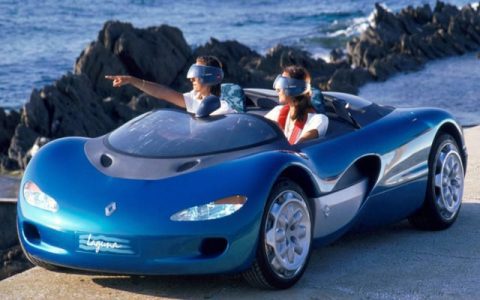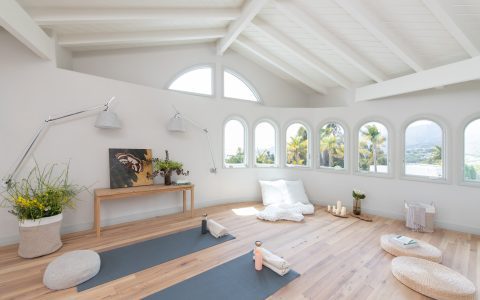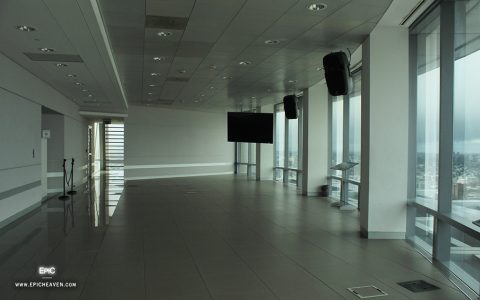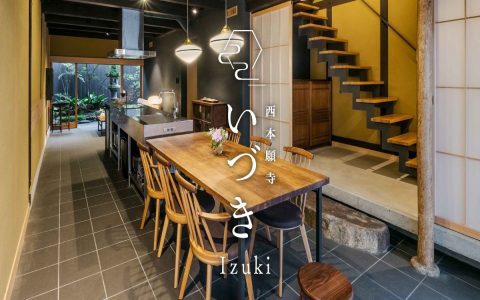Renault's Visionary Concepts
Renault has a rich history of utilizing concept cars not merely as showpieces, but as crucial tools for exploring future design languages, pioneering new technologies, and anticipating evolving mobility needs. These vehicles serve as tangible expressions of the brand's innovative spirit and forward-thinking approach.
Hallmarks of Renault Concept Design
Renault concepts consistently demonstrate several key characteristics:
- Progressive Styling: They often introduce bold aesthetic directions that challenge conventional automotive design, frequently previewing the next generation of Renault's visual identity. Concepts are instrumental in evolving the brand's design DNA.
- Technological Testbeds: Concepts serve as dynamic platforms for showcasing and testing advanced powertrain development (including electric, hybrid, and hydrogen solutions), innovative human-machine interfaces (HMI), connectivity features, and autonomous driving systems.
- Focus on "Voitures à Vivre": Extending Renault's enduring "cars for living" philosophy, concepts frequently explore novel interior architectures, enhanced on-board experiences, modularity, and user-centric features designed to adapt to future lifestyles and mobility patterns.
- Sustainable Innovation: Increasingly, Renault concepts highlight advancements in sustainable materials, the application of circular economy principles in manufacturing, and the development of eco-friendly powertrain solutions aimed at reducing environmental impact.
Pivotal Renault Concept Cars
Several concepts have been particularly influential in shaping Renault's trajectory and demonstrating its vision for the future:

- Renault DeZir (2010): This electric sports coupé was seminal in launching the "Cycle of Life" design strategy under Laurens van den Acker. It embodied the "Love" stage with its sensual lines and emotional styling, significantly influencing the design of subsequent production models like the fourth-generation Clio.
- Renault TREZOR (2016): An electric Grand Tourer concept, the TREZOR represented the maturation of Renault's design language and offered a glimpse into its vision for future autonomous mobility and luxury. It was distinguished by its dramatic one-piece clamshell roof that opened to allow access to the interior.
- Renault Morphoz (2020): This highly adaptable electric crossover concept showcased innovation in vehicle architecture. It featured a physically extendable body and wheelbase, allowing it to transform between a compact "City" mode and an extended "Travel" mode, thereby optimizing interior space, battery capacity, and range according to need.
- Renault Scenic Vision (2022): Highlighting a strong commitment to sustainability, this family-oriented concept featured an innovative hydrogen fuel-cell-electric hybrid powertrain. It also extensively incorporated recycled and recyclable materials, aiming for a significantly reduced carbon footprint throughout its lifecycle.
Influence on Production Vehicles
Renault concept cars are not developed in isolation; they play a direct and integral role in the iterative development of production vehicles. Distinctive design cues, advanced technological innovations, and user experience philosophies first presented in concept form frequently transition into Renault's mainstream lineup. This demonstrates a clear strategic lineage and a commitment to translating future-forward ideas into tangible benefits for customers.







